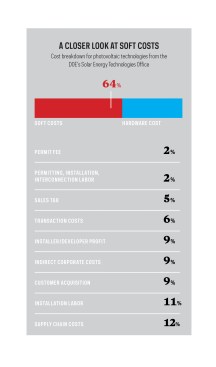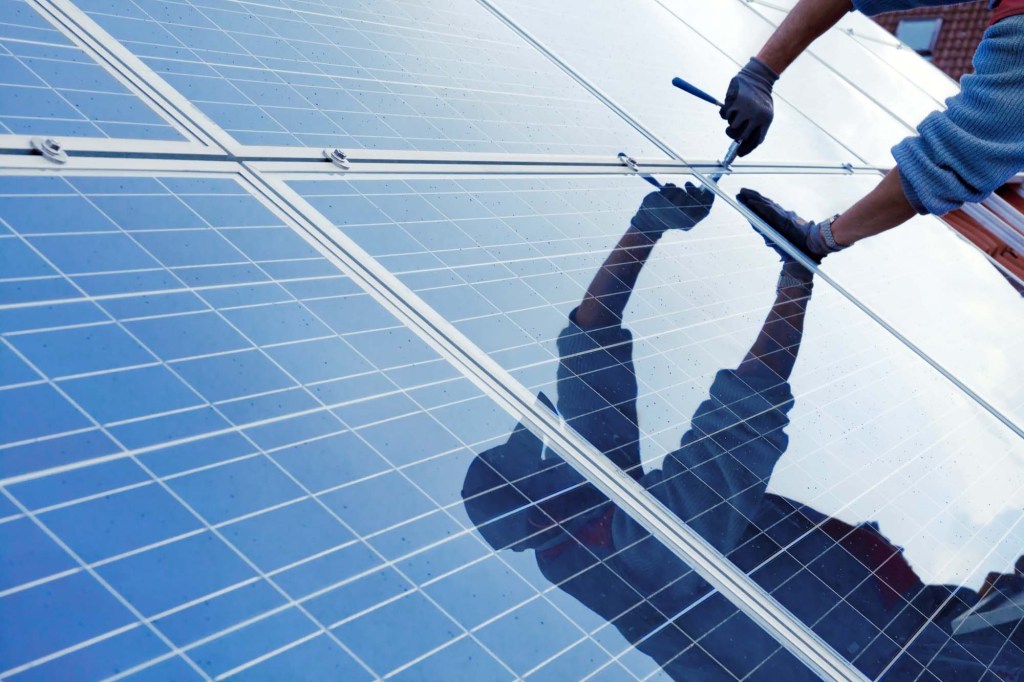Despite the development in the past decade of more efficient and less costly photovoltaic technologies, soft costs can make it difficult for builders to add solar to their construction projects.
These costs can result from outdated laws, burdensome permitting practices, and tedious interconnection policies. Permitting fees and installation charges cost builders in dollars, while delayed approval from the utility or jurisdictional authority cost you in time. A project that exceeds budget and schedule is not economically viable. Indirect costs related to PV permitting are absorbed in overhead and then passed down to the customer who likely won’t tolerate this up-charge in a competitive market. Overall, this creates a daunting barrier to specifying and implementing solar technologies into homes.
A 2015 poll conducted by Clean Power Finance asked 273 solar installers (accounting for 90% of the market) if they avoid jurisdictions on the basis of onerous permitting processes. More than a third of U.S. solar installer respondents indicated that complex, confusing, or lengthy permitting requirements limit growth.
The SolSmart program was created to address these concerns. Launched by the DOE in 2016, the program’s ongoing goal is to help communities reduce the regulatory “soft costs” of PV installation and production. Home Innovation Research Labs, along with The Solar Foundation, the International City County Managers Association, and others, comprise the SolSmart project team whose purpose is to address these self-limiting permitting barriers that builders, developers and homeowners encounter when installing PV for renewable energy generation.
The team helps municipalities on a city or county level come up with a checklist of requirements for the permitting process. “A lot of communities don’t express what their needs are for a permitting package so a developer might not know what to submit,” according to Zach Green, manager of The Solar Foundation’s SolSmart team. “When that happens, there is a constant back-and-forth between permitting office and installer about forms and spec sheets needed or what diagrams they require. That can add a lot of time to the process.”
The baseline requirement for the bronze SolSmart designation is an online checklist of requirements for the permitting process. This checklist reduces uncertainty for businesses that are considering solar installation, and provides the confidence needed to invest in a solar-ready design or a PV array that will distinguish their project from the competition.
For more details on how soft costs can impact solar progress by builders, developers, and the communities they serve, visit HomeInnovation.com/solarsoftcosts.




